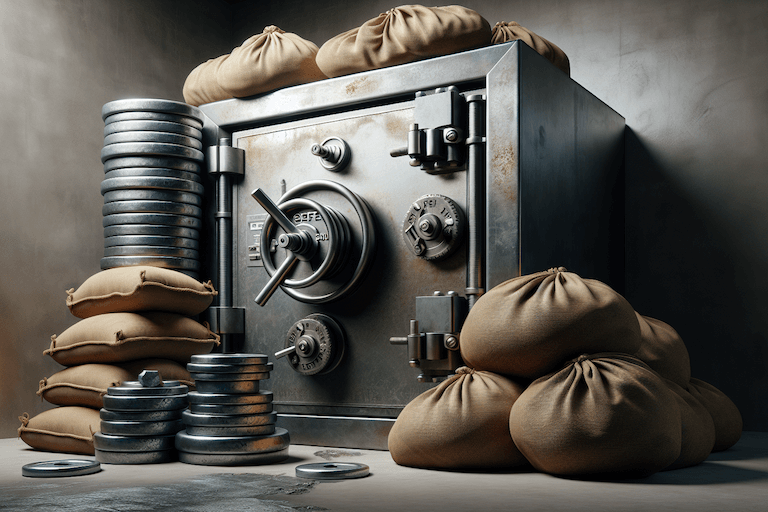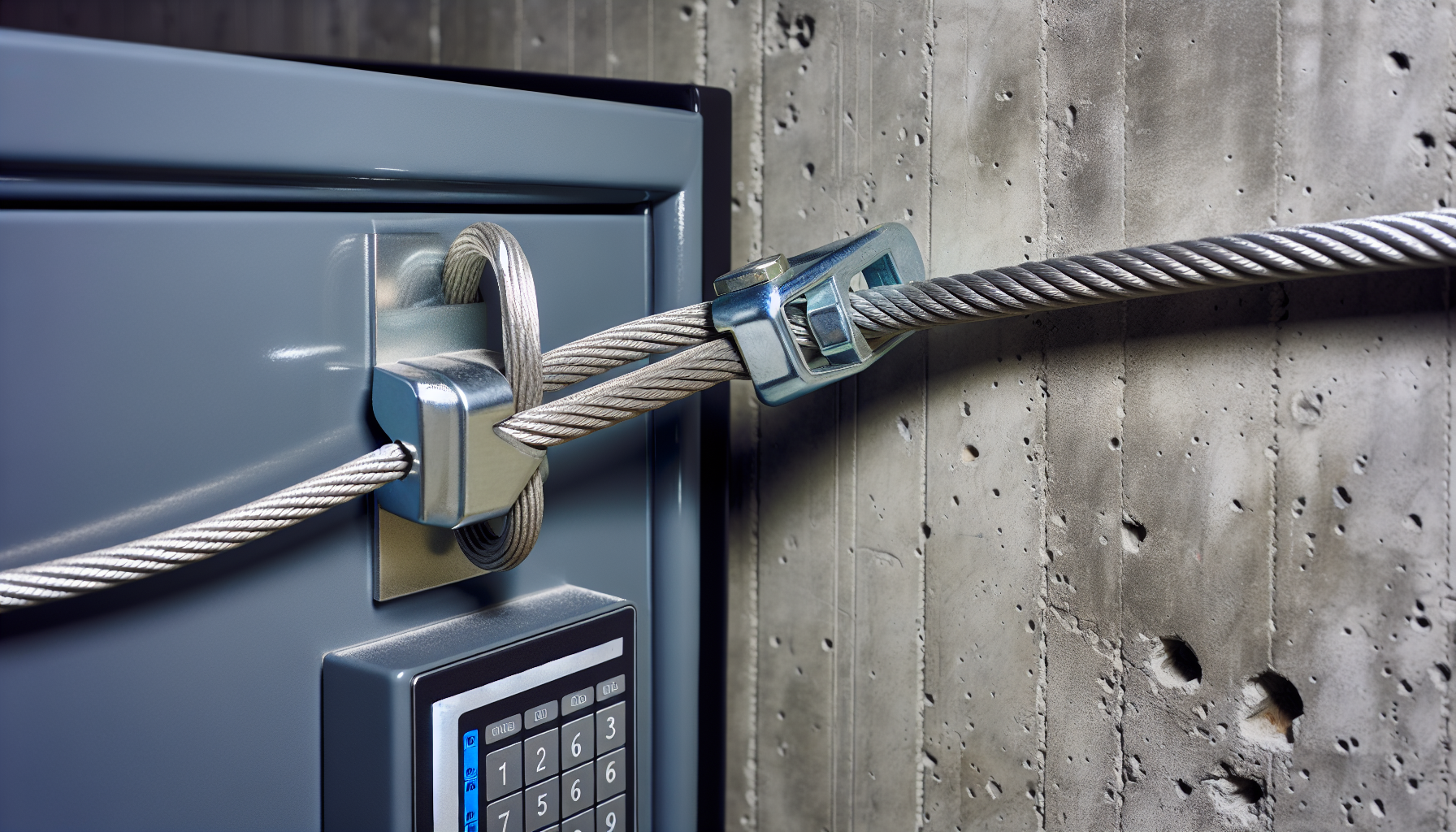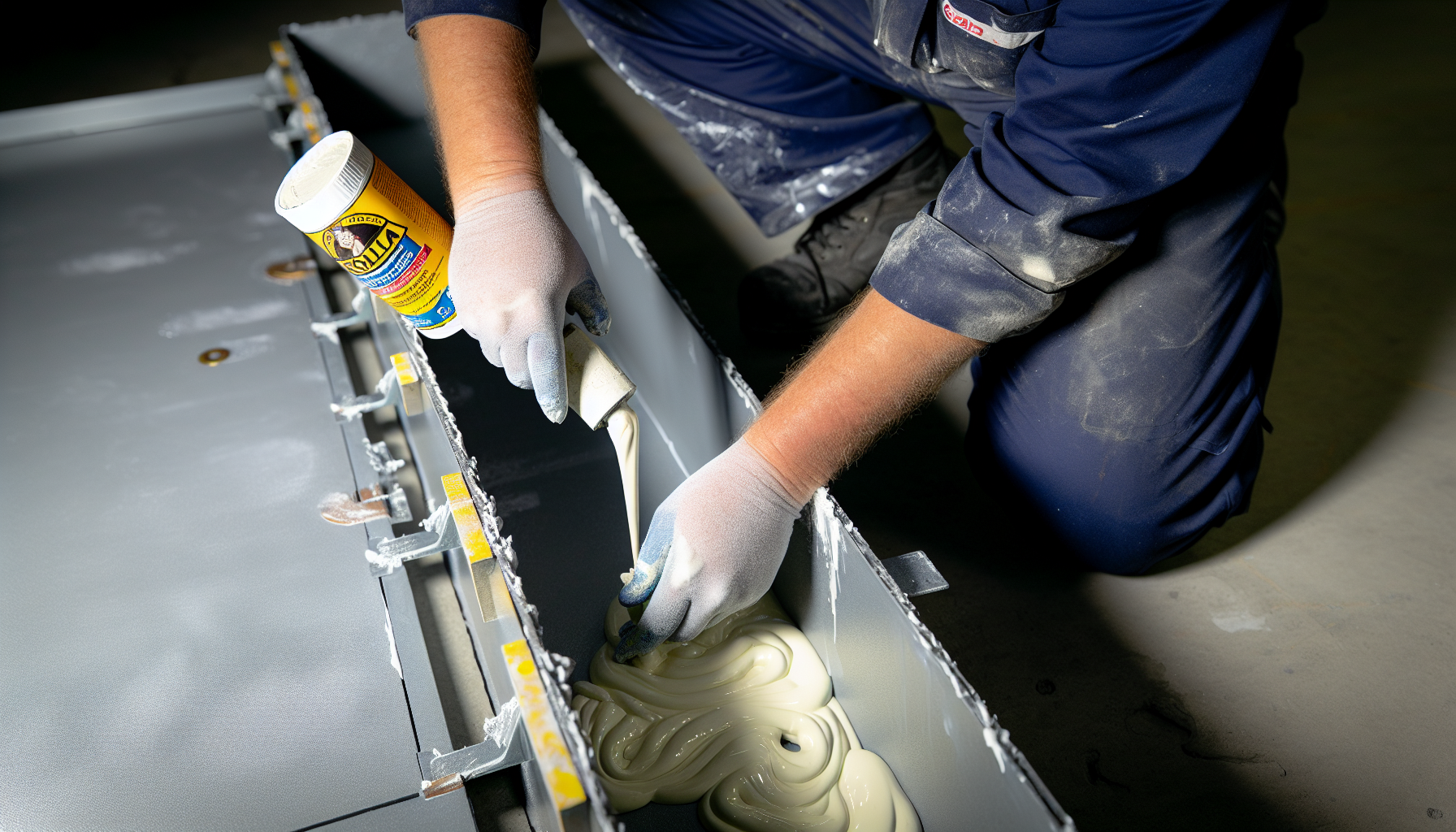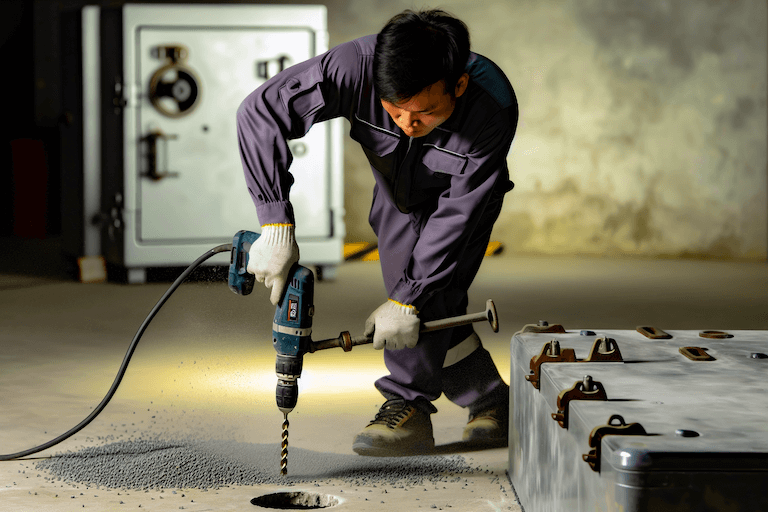
How to Secure a Safe Without Bolting it to the Floor
When it comes to securing your valuables, a safe is an essential investment. However, not everyone wants to drill holes into their floor to bolt the safe down.
Whether you're renting a property or simply prefer a more flexible approach, there are unconventional methods to secure a safe without resorting to floor bolting.
In this comprehensive guide, we will explore various alternatives that will provide you with peace of mind while keeping your safe securely in place.
Weighing Down Your Safe
Boosting your safe’s security can be as straightforward as adding weight. Making your safe heavier with objects like sandbags, metal bars, or concrete blocks inside the safe makes it a tough task for burglars to move, thus reducing the chances of theft.
However, prior to loading the weight plates, you should take into account the placement of your safe and the weight distribution within it, as it’s important to add weight evenly.
Choosing the Right Location
The positioning of your safe involves more than just concealing it from potential burglars. It’s also necessary to think about its accessibility, visibility, and the strength of the floor where it’s placed. While the master bedroom might seem like the obvious choice, it’s also the first place burglars are likely to look.
Instead, opt for a discreet location with minimal traffic, such as a closet or home office. And remember, the floor must be able to support the weight of the safe to prevent damage to your property.
Balancing Weight Distribution
Maintaining balance and averting possible mishaps relies on correct weight distribution. This involves placing heavier items in the middle and lighter items on the sides, similar to how load distribution is done in vehicles like trailers.
Effective weight distribution not only enhances stability but also mitigates the risk of tipping, uneven loading, and potential safety hazards.
Using Heavy Furniture to Secure a Safe
One common method of securing a safe without drilling into the floor is by using heavy furniture. This could be anything from a large, heavy bookshelf to a sturdy desk.
The idea is to place the safe in a position where it is hard to move without first removing the furniture.
This method works on the principle of weight and leverage. The more weight you add to the safe and its surroundings, the harder it becomes to move.
This method does not necessarily prevent a determined thief from stealing the safe, but it makes the job significantly more difficult and time-consuming.
Connecting Safes Together
If you own multiple safes, why not consider connecting them together? Joining two compatible safes together significantly adds to their weight, making it a daunting task for thieves to relocate them.
Before you commence bolting, it’s vital to pick safes that match in size and design and to grasp the proper bolting procedure.
By utilizing thick C-channel iron as cross members, you can create a strong and secure connection between the safes, ensuring a stable floor panel.
The process typically involves:
-
Repositioning the first safe over the drilled mounting holes
-
Aligning the holes on the second safe with the first
-
Securely tightening the bolts to connect the safes together.
Utilizing Security Cables
Security cables offer an additional layer of protection for your safe. Securing your safe to a permanent structure with a security cable hinders its relocation or theft.
As with any security measure, selecting the appropriate cable and attaching it correctly is vital for optimal protection.
When it comes to security cables, not all cables are created equal. A heavy-duty cable made of resistant materials like stainless steel can effectively deter thieves. It’s also important to ensure that the cable is thick enough to resist cutting, typically around 12mm.
Proper Attachment Techniques
Proper attachment of the security cable to the safe is crucial for optimal security. This can be achieved by:
-
Using mounting holes with an eye bolt
-
Attaching to the security slot with a commercially-available cable
-
Using a ringed stainless-steel anchoring unit for tethering cable locks
Adhering Safes to Surfaces with Glue
Glueing your safe to a surface like a wall or floor offers another method of securing it without the need for drilling holes. You can accomplish this by utilizing a high-strength adhesive, like Gorilla construction glue.
To secure a robust bond, though, it’s essential to prepare the surface adequately and apply the adhesive with precision.
Before applying the adhesive, it’s essential to clean the surface to ensure it’s free of any debris that could hinder adhesion. This can be achieved using water or isopropyl alcohol to remove any residual dirt, oil, or debris.
When it comes to applying the adhesive, precision is key. A thin, even layer of adhesive should be applied to one surface, such as a concrete floor, in a zig-zag pattern or around the inside perimeter to prevent squeeze-out.
Once the adhesive is applied, you can secure the safe to the surface and allow it to dry according to the manufacturer’s instructions.
Concealing Your Safe
Concealing your gun safe is one of the most effective ways to deter burglars. Crafting hidden compartments or employing camouflage tactics can render your safe almost impossible to locate. Whether it’s in a wall, floor, or a fake cabinet, a well-hidden safe is a secure safe. Hidden gun safes, when concealed properly, provide an added layer of security for your firearms.
Camouflaging Techniques
Camouflage techniques can be incredibly effective in concealing your safe. This could involve placing a rug over a floor safe, hiding it behind a work of art, or even using a fake wall. The goal is to blend the safe into its surroundings so that it goes unnoticed by potential thieves.
Anchoring to a Steel Slab
Fastening your safe to a steel slab offers an alternative means of securing it by making it too large to move, bypassing the need for drilling holes in the ground.
Fastening your safe to a heavy, stationary object provides additional security and weight, further complicating potential thieves’ attempts to move it. But to do this effectively, it’s important to select the right steel slab and attach the safe correctly.
A minimum steel thickness of ¼ inches is recommended to ensure stability, security and fire resistance. The dimensions of the slab should be large enough to accommodate the safe comfortably and provide ample surface area for anchoring, and be wider than your interior door frames so the safe is unable to be moved out of the room.
Summary
Securing your safe doesn’t necessarily mean drilling holes in the floor or compromising its integrity.
As we’ve explored, there are numerous ways to secure your safe without drilling holes, from weighing it down and connecting safes together, to using security cables and adhering it to surfaces with glue.
Concealing your safe or anchoring it to a steel slab can provide added security. Most importantly, preserving the structural integrity and fire protection of your safe is key to ensuring it continues to protect your valuables effectively.





